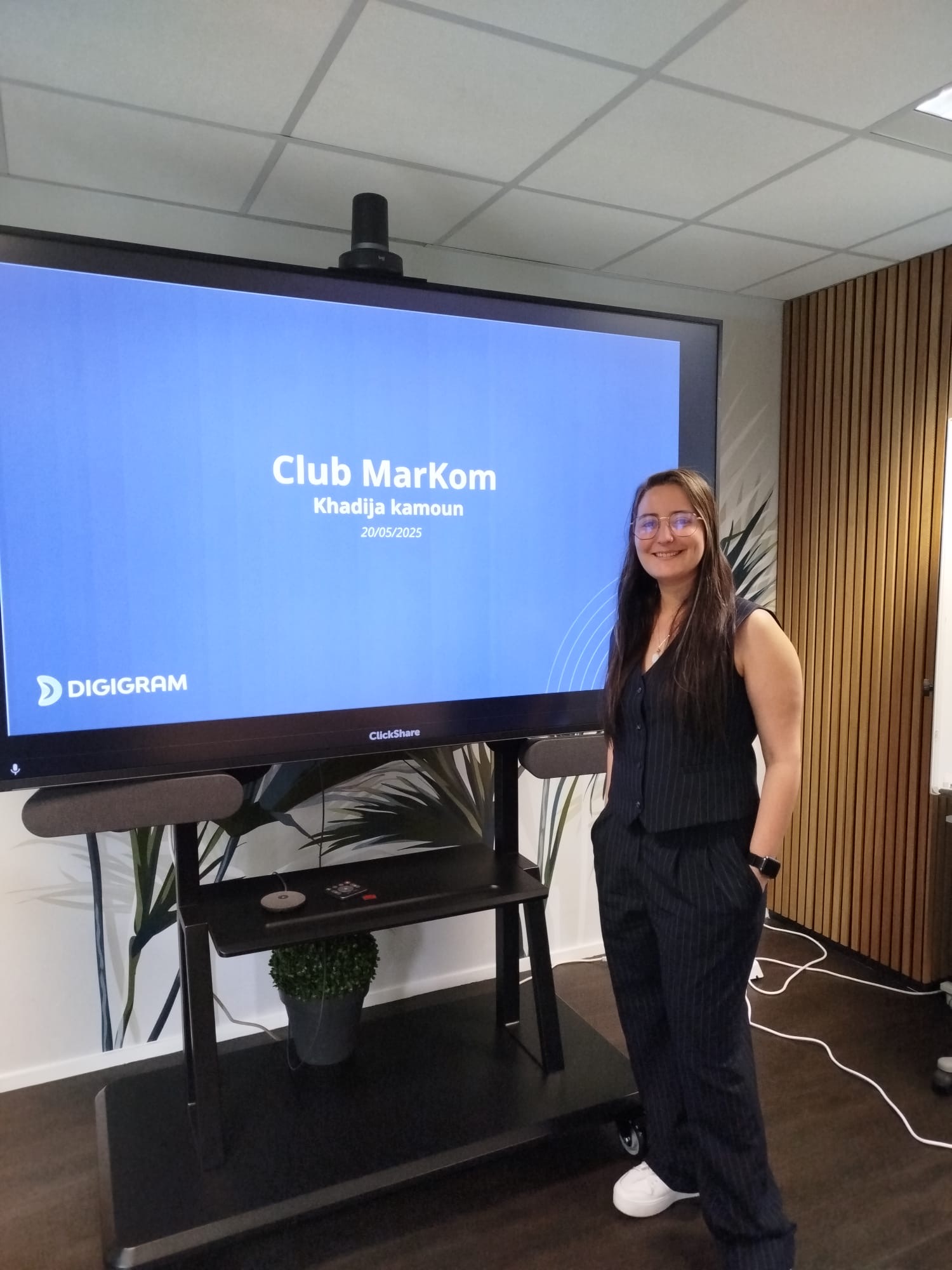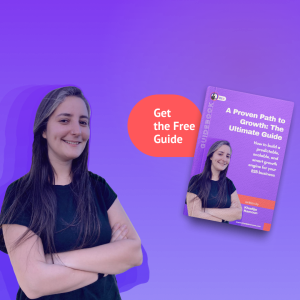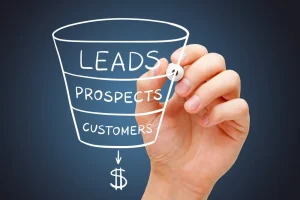Demand generation in B2B has evolved beyond gated PDFs and tired email nurture sequences. In a world where buyers are more informed and distracted than ever, standing out requires more than good content. It requires strategy, storytelling, distribution, and timing.
After analyzing the best practices from both category leaders (like HubSpot, Gong, and Drift) and challenger brands (like Cognism, Lavender, and Chili Piper), here are the key lessons every B2B growth leader should absorb and adapt.
1. Start With a Strong Narrative, Not a Lead Magnet
HubSpot didn’t grow by pushing eBooks, they grew by selling a belief: “Inbound is better.”
The best demand gen teams don’t lead with tactics. They lead with a narrative that:
-
Defines a problem worth solving
-
Challenges outdated thinking
-
Makes the buyer feel seen and smart
Whether you’re selling sales tech, audio hardware, or enterprise SaaS, demand starts when your narrative aligns with your buyer’s internal dialogue.
👉 Takeaway: Before launching your next campaign, answer this: “What do we want our audience to believe before they’re ready to buy?”
2. Create Content That Teaches AND Converts
Gong mastered this. Their “Revenue Intelligence” playbook was built on data-driven LinkedIn posts, battlecards, and guides that solved problems every sales leader had but didn’t know how to articulate.
Their model:
-
Use proprietary insights (from user data or interviews)
-
Turn them into snackable content (charts, memes, hot takes)
-
Point to a deeper asset or event (webinar, template, or guide)
Even challenger brands like Lavender grew fast by giving value-packed cold email tips for free until everyone started quoting them.
👉 Takeaway: Don’t hoard value. Teach so well that people want to work with you. And if you have unique data? That’s gold use it to anchor your message.
3. Treat Distribution Like a Product
Creating content is only 50% of the job. The other 50%? Distribution.
Top B2B players treat distribution like a growth channel:
-
Drift built community and leveraged their team’s personal brands
-
Cognism reposts, repurposes, and amplifies across paid + organic with ruthless efficiency
-
Lavender and Chili Piper tap into memes, influencers, podcasts, and curated email newsletters
Modern demand gen means pushing the same idea across 10 different formats not creating 10 different ideas once.
👉 Takeaway: Before you hit publish, ask: “How will we get 5x reach on this?” If you can’t answer, you’re not done yet.
4. Bridge the Gap Between Brand and Performance
Demand gen used to be “brand vs. performance.” Now it’s both. The best campaigns:
-
Capture attention (brand)
-
Create action (performance)
-
And do it with measurable storytelling
For example:
-
Cognism’s dark social strategy = brand
-
Retargeted demos from those LinkedIn views = performance
-
Result? Full-funnel efficiency.
👉 Takeaway: Stop thinking “MQL vs SQL” and start thinking “Attention → Trust → Action”. Design campaigns that guide people through that path, not ones that just chase form fills.
5. Build Demand Before You Capture It
If your funnel only starts at “Get a demo,” you’re already too late. The biggest mistake in B2B is focusing only on capturing demand (Google Ads, direct outreach) without creating demand.
Top brands warm the audience before the CTA:
-
Drift ran “Conversational Marketing” roadshows before they pushed the product
-
Gong made their CROs famous before asking for a meeting
-
Lavender responded to every LinkedIn comment for months before launching outbound
👉 Takeaway: Create awareness and trust before you pitch. You’ll lower CAC, shorten sales cycles, and get higher-quality pipeline.
Final Thought: It’s Not About the Funnel—It’s About the Buyer
The most valuable lesson from B2B category leaders is this: great demand gen isn’t about leads, funnels, or automation it’s about how your buyer thinks and decides.
When you understand:
-
what keeps them up at night,
-
what motivates them to look for solutions,
-
and how they prefer to learn…
…then you can build campaigns that meet them there without annoying them, overwhelming them, or wasting your budget.
Demand generation is empathy at scale. Master that, and your pipeline will take care of itself.






